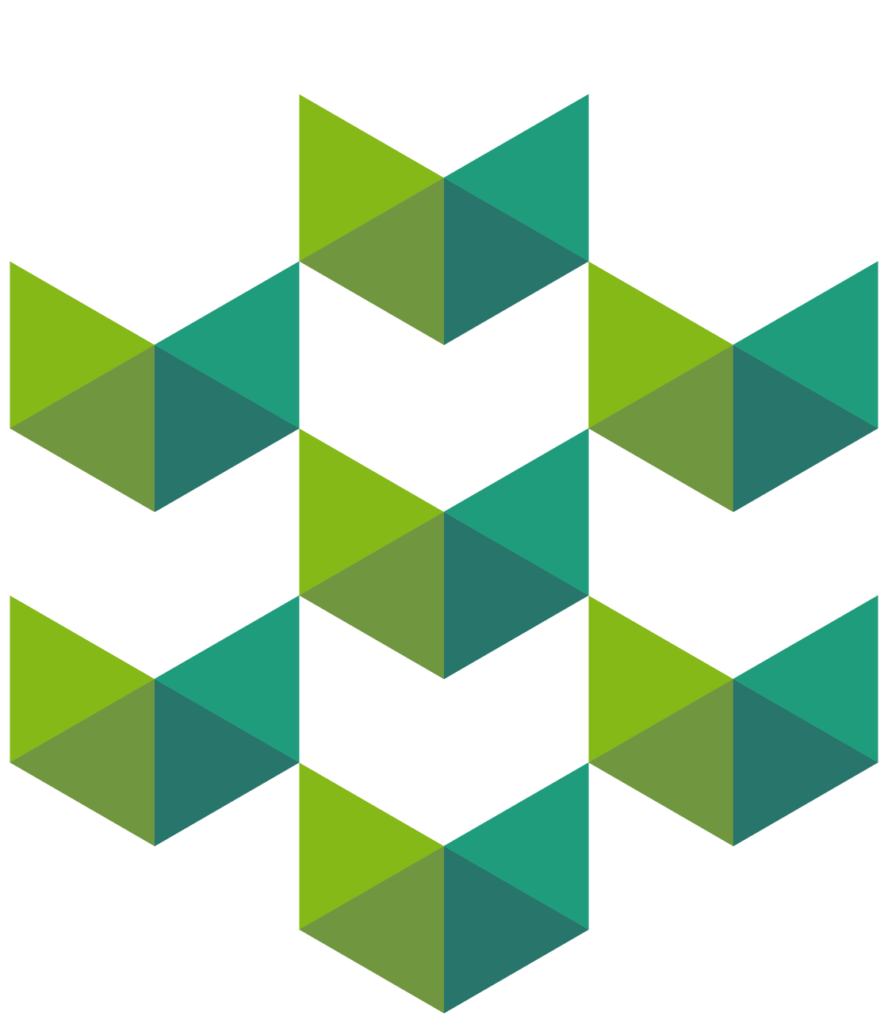What if you could transport a light sheet micrscope á la openSPIM, a DMD-based SIM (structured illumination microscopy), a whole range of educational kits for teaching geometric and wave optics and Matchboxscope sets across the ocean, but all in a single cart? Then you could teach students the basic principles of 3D volumetric imaging, super-resolution, interference phenomena and low-cost diagnostics literally anywhere in the world. That is exactly what we have done. We were fortunate to be invited by the AQLM (Advanced Quantitative Light Microscopy) workshop in Woods Hole at the “Marine Biologocial Laboratory” (MBL), where two workshops were held. One demonstrated how openSIM can not only generate fringes in the sample plane, but can also be used for super-resolution microscopy and better optical sectioning. Starting with a de-tuned Michelson Intereferometer (e.g.. strip-pattern by the interference of two tilted plane waves) and the two peaks in the Fourier-plane, students learned why placing two mutually coherent spots in the back focal plane (BFP) of an objective may create the stripes to excite fluorescently labelled cells. The second workshop gave students the hands-on experience of how easy it can be to quickly build a smartphone-controlled inverted brightfield microscope.
Alongside this workshop, we were lucky to present our first attempt to have an open-source documentation that guides students through the core principles of optics using the newly introduced openUC2 CoreBOX. After an intense 10-day training, playing with modular optics created a certain dynamic, where students quickly grasped the core principles of estimating focal planes, differences between image and Fourier planes as well as how one can quickly automate a biological experiment using our open-source image processing suite ImSwitch.
An overnight bus took us from Boston to Washington DC, where we visited the Saalfeld lab at HHMI Janelia Research Farms after a short touristic sightseeing tour. Janelia was one of the early supporters of the UC2 open source project and hosted the first workshop during the 2018 Advanced Microscopy Workshop organised by Kaspar Podgorski (which we didn’t even begin to think about injection moulding…). Participants were invited to discuss the pros and cons of networked microscopy, where data is decently collected and eventually processed by a unified cloud instance. The user feedback collected here will help us improve the software for our scopes. So stay tuned for the future of cloud-driven microscopes that remain the best: Open!


